


This intense little item from independent cinematographer-turned-filmmaker Lodge Kerrigan (Clean, Shaven; Claire Dolan) is an exercise in grit. For 90 minutes, this intense character study literally follows around a mourning father, William Keane (Damian Lewis), who tortures himself by wandering around New York City’s Port Authority bus terminal and the bleakest neighborhoods of New Jersey searching in vain for his abducted daughter. A miserable slab of what was once a human being, Keane is a wandering bitter pill who endlessly talks to himself about what he should have done, what he ought to do, and how he can find his daughter.
One admires Kerrigan’s rigorous cinematic technique, which stays perched on Keane’s face or right over his shoulder for most of the film’s running time. It’s a “you are there” aesthetic that demands the viewer identify with the camera’s subject. Perhaps influenced by British filmmaker Alan Clarke (who used similar tactics to brilliant effect following around skinhead Tim Roth in Made in Britain and football hooligan Gary Oldman in The Firm), Kerrigan manages to make Keane bracing, compelling, and mostly watchable even as you realize the character is on a long, slow, tortured journey to nowhere.
What’s frustrating with Keane, as with Kerrigan’s previous efforts, is that this filmmaker takes a long, grueling ride around the block and never really manages to illuminate the human condition. It’s that brand of indie cinema we call “miserable-ism”, plumbed by Neil LaBute and Todd Solondz, where nothing ever works out. Human beings live in boxes of misery and cannot find their way out. In a way, it creates a willful ignorance of hope and desire. Kerrigan almost breaks through the net by adding two characters: a single mother (Amy Ryan) and her quiet, introspective child (Abigail Breslin, whose scenes with Lewis are terrific). The long, sad sequences of Keane befriending the mom and kid in their dreary hotel room open up Keane’s world, slightly. They’re photographed with enormous sensitivity and well acted; they also create the possibility of more.
Unfortunately, much like Clean, Shaven, Kerrigan doesn’t really know where to go with this third act development. While one appreciates the canny ambivalence of Keane’s final scene, taking place in Port Authority and involving Keane’s to-be-revealed master plan, the movie leaves no taste in the mouth. Neither bad nor good, but simply compelling, Keane is further proof that Kerrigan is on his way towards being one of our great auteurs but, like his hero, he has not yet found his way through.
Reviewed as part of the 42nd New York Film Festival.
Review by Jeremiah Kipp © 2004 filmcritic.com

















![NBC Affiliate Studio Los Angeles (October 1946) Photo [221010-17]](https://www.filmfetish.com/img/p/2022/10/221010-17-nbc-studios-19x13-web-170x170.jpg)
![Samurai Cop Actress Janis Farley Photo [240313-260]](https://www.filmfetish.com/img/p/2024/03/240313-260-13x19-web-170x170.jpg)
![Cult Cinema Queen Julie Strain Publicity Photo [230215-17]](https://www.filmfetish.com/img/p/2023/02/230215-17-julie-strain-85x11-web-170x170.jpg)
![Set of 6 Vintage Original Black and White Press Photos by Topping [219]](https://www.filmfetish.com/img/p/2020/07/photo-lot-vintage-04-170x170.jpg)













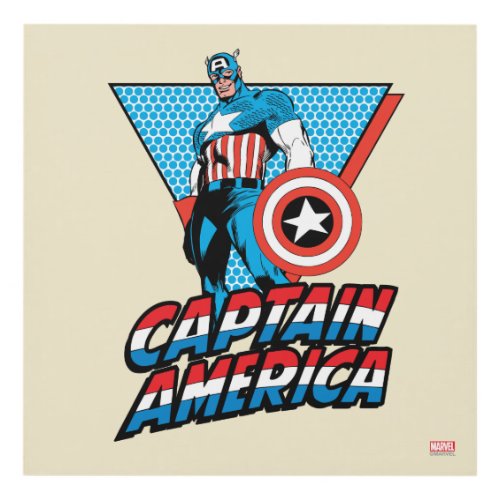
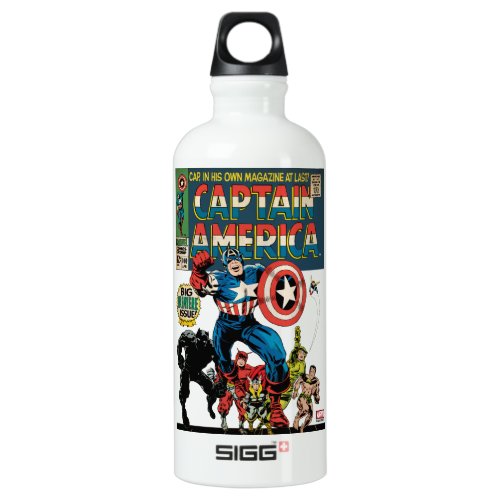
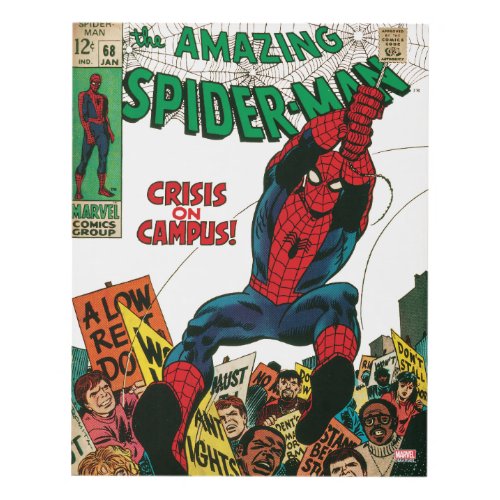



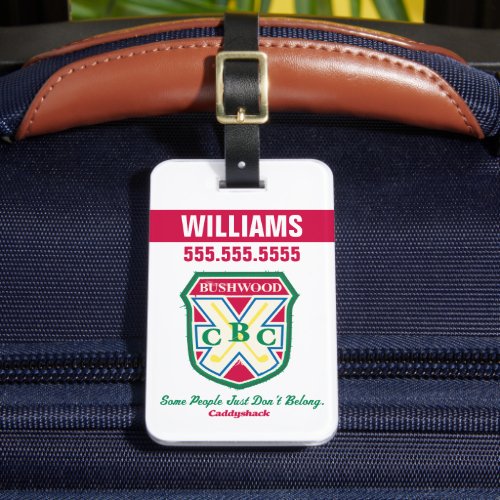









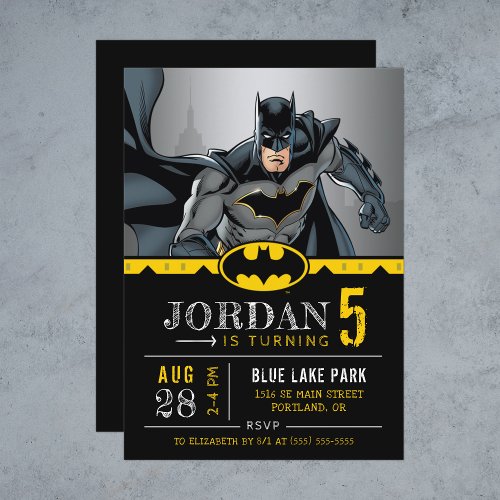









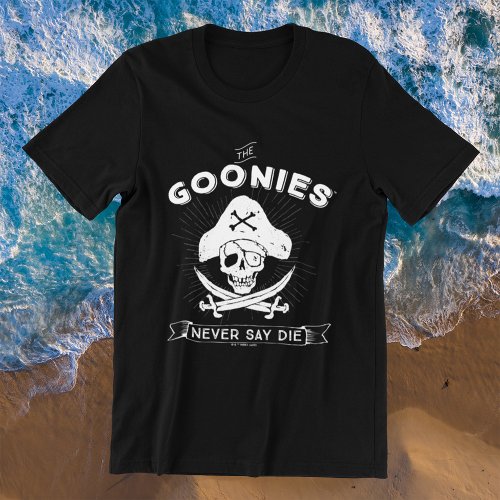


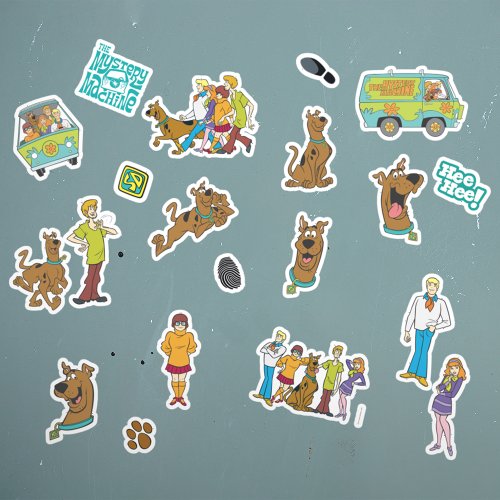


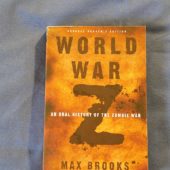
![Victoria Principal Publicity Photo in Bikini [210906-55]](https://www.filmfetish.com/img/p/2021/11/210906-0055-victoria-principal-85x11-web-170x170.jpg)
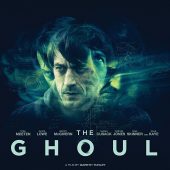
![Gentlemen Prefer Blondes Actress Jane Russell Publicity Photo [230215-16]](https://www.filmfetish.com/img/p/2023/02/230215-16-jane-russell-85x11-web-170x170.jpg)
![The Hollywood Reporter (December 7, 2012) Ben Affleck Ang Lee [T67]](https://www.filmfetish.com/img/p/2022/04/hollywood-reporter-t67-01-170x170.jpg)
![British Actor John Standing Original Press Publicity Photo [M54]](https://www.filmfetish.com/img/p/2023/02/P1490540--170x170.jpg)

![The A-Team Actress Marla Heasley 1984 Bikini Photo [221010-22]](https://www.filmfetish.com/img/p/2022/11/221010-22-marla-heasley-85x11-web-170x170.jpg)
![That Midnight Kiss + Toast of New Orleans DVD 2007 Classic Movie Musicals [U14]](https://www.filmfetish.com/img/p/2023/01/P1460159--170x170.jpg)
